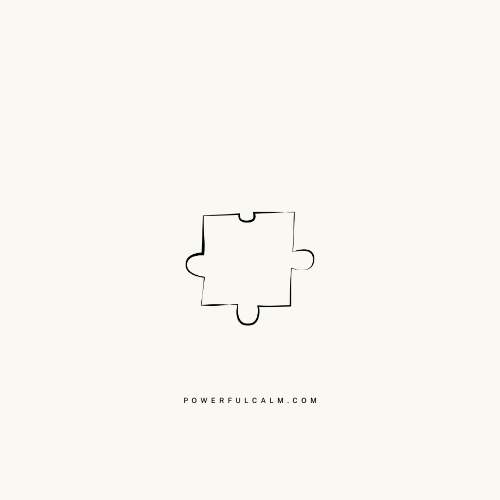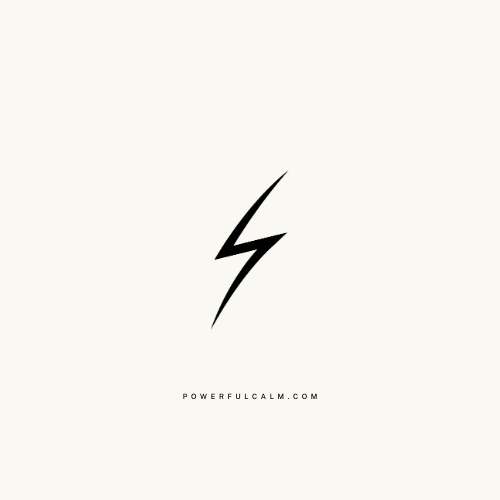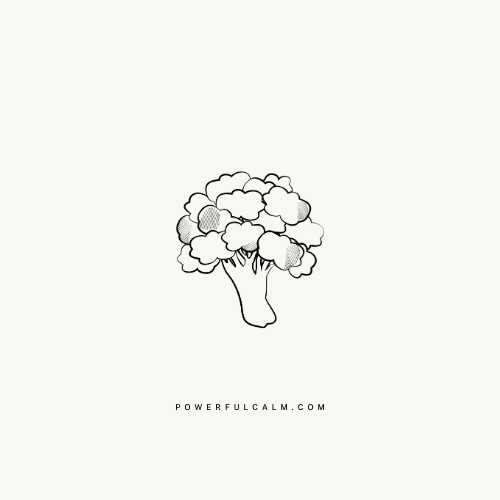Recently I had lunch with a friend at a new sandwich place and it was just the type of place I love and the sort of place where decision fatigue sets in.
They offered familiar sandwiches and salads with just a bit of a twist that made them enjoyable. It was busy and there was a wide variety of choices. We had to let several regulars order before us because neither could quickly decide.
We finally got our lunch after about a 30-minute wait. There were so many phone orders ahead of us in addition to the full tables. The conversation turned to both the delicious sandwiches and our decision fatigue.
We were both amid last-minute getaway plans, not so much an adventurous vacation given we would be doing the same thing, but in a different location – just the realities of pandemic life!
And that led to us talking about all the other daily decisions we make. From what to wear, when to go to the grocery store or place a delivery order, to what’s the topic for the next blog, to giving permission or not for the kid’s sleep-over, to considering charitable giving before the end of the year and on and on. There were a bunch more we identified in about 3 minutes.
We both were at the point of emotional exhaustion listing them, let alone living it.
Decision Fatigue
Decision Fatigue happens when we make too many decisions in one day – or even in one hour – and we feel mentally drained by the process. Sometimes, it can make prioritizing tasks, thinking through problems, remembering details and controlling impulses more difficult since the volume of choices strains the brain.
More often than men, women find themselves in the position of making decisions for their own needs and those for their families, businesses, and other community commitments such as getting together with friends and family, volunteering, church, major household purchases, etc.
It’s not that women find it harder to make decisions, but women make more decisions. In addition, our choices usually immediately impact our lives and those around us. Those two factors, volume and speed, are significant contributors to decision fatigue.
Here are three foolproof ways to ease the burden of decision-making to break out of decision fatigue.
1. Prioritize Tasks
One of the best ways to relieve decision fatigue is by listing the tasks that need to be completed – both big and small – and then deciding which of them – big or small – must be done first.
Here’s an example:
I often make a “master list” of things to do. This could be a DIY home project or even a fun activity like holiday decorating.
I remind myself that the list will be extensive, but it’s okay since I’ll break it down.
The next step is to break the “master list” into bite-size chunks that I complete in less time.
The details aren’t in my head when I get things down on paper or in a document. I’ve done the “brain dump” task and can look at it more objectively from an action-taking standpoint. This includes the logical steps to completion and what I can realistically accomplish in the time I have.
The last part about realistically accomplishing is significant since it’s both a practical and self-compassion practice. Biting off more than you can chew often leads to feeling overwhelmed, leading to decision fatigue, so take smaller bits, and you’ll be more comfortable and make progress, too.
2. Consider What’s Needed
Another great way to relieve decision fatigue is to think about what’s needed.
When decisions are many, there’s a tendency to speed up the process and that’s the fast track to decision fatigue. The faster you make decisions the faster your tension will be relieved, at least that’s the hope. However, this perspective only considers short-term stress. I’m guessing what you want is longer-term relief, too.
Here are three questions that can help you take a moment to make a better decision:
- Is this an immediate need?
- Is it “nice to do” or “needs to be done” right now?
- Do I need or want help with this decision?
These three simple questions can help you increase your awareness of your and the situation’s needs and ultimately lead to more thoughtful decision-making.
3. Reacting vs. Responding
So much of the time, we react without thinking, and this is a significant contributor to decision fatigue. Step 1 – prioritizing and Step 2 – focusing on needs both help to slow down that process so you can mindfully choose how you want to respond to what’s being asked of you. This shifts the dynamic.
You get out of the rapid-fire decision-making and into a comfortable way of being. When you know what you need (your family, too), there aren’t as many decisions as possible to make.
You don’t need to consider choices because you already know the answer before the question is asked. This is a significant shift from reacting to thoughtfully responding and that’s what being in alignment is all about.
Conclusion
When you move out of what Jon Kabat-Zinn calls human doing and into a human being, it’s a place where day-to-day decisions no longer seem stressful. You have a reservoir of calm and well-being you can draw on when your stress level rises and you start to feel the emotional exhaustion of decision fatigue. Your confidence increases as you know what’s in your best interests and respond positively.



